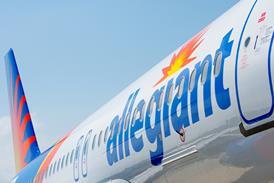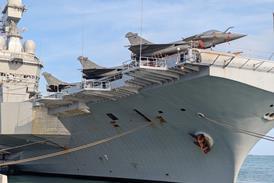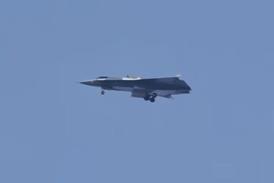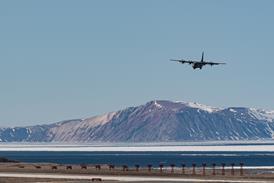Investigators suspect the Antonov An-148 which crashed in Russia during a test flight broke up in the air, having been pushed beyond maximum aerodynamic limits after a technical problem confused the crew.
The commission of inquiry into the 5 March accident, which killed all six crew members, has disclosed that flight-recorder data shows evidence of an aircraft equipment problem which "misled" the pilots as to the true speed of the twinjet.
"To achieve the desired speed the pilots [increased loads on the aircraft] that exceeded the maximum permissible," says the commission. "Destruction of the aircraft in the air resulted."
The interregional transport committee has not detailed the nature of the possible technical problem.
It also states that this is a preliminary version of the event, and that it is looking into the possibility of pilot error and even the use of "poor quality" fuel.
The aircraft involved had been destined for export to Myanmar and was being flown with a test crew, including representatives of Myanmar's air force, from airframer VASO's base in Voronezh.
While a large section of the aircraft came down in a field near a village south of Voronezh, several large pieces of debris have been located away from the main wreckage - further evidence of a break-up in-flight.
There has been no regulatory requirement to ground the An-148 fleet. The serial-production version was introduced into airline service with Rossiya in December 2009 and the St Petersburg-based carrier is still the only operator, although test airframes were trialled on commercial routes by AeroSvit.
Rossiya, which had publicly criticised the aircraft's cost-effectiveness last year, has underlined that it believes the type is safe.
"Being the newest aircraft the An-148 is under special control of the company's management and aviation authorities," says Rossiya, adding that it assigns only its most experienced crews and instructors, as well as skilled maintenance technicians, to the An-148 fleet.
Source: Air Transport Intelligence news























